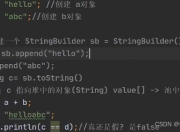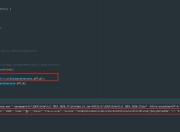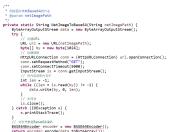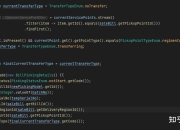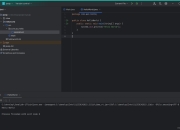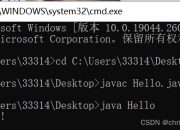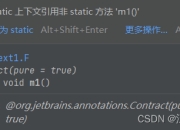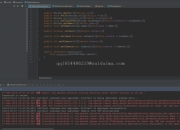在计算机科学中,二叉树是一种非常重要的数据结构,而遍历算法则是操作二叉树的基础。本文将全面讲解Java中二叉树的各种遍历方法,包括递归与非递归实现,并深入分析它们的性能特点和应用场景。
一、二叉树基础概念回顾
二叉树是由节点组成的层次结构,每个节点最多有两个子节点,分别称为左子节点和右子节点。在Java中,我们通常这样定义二叉树节点类:
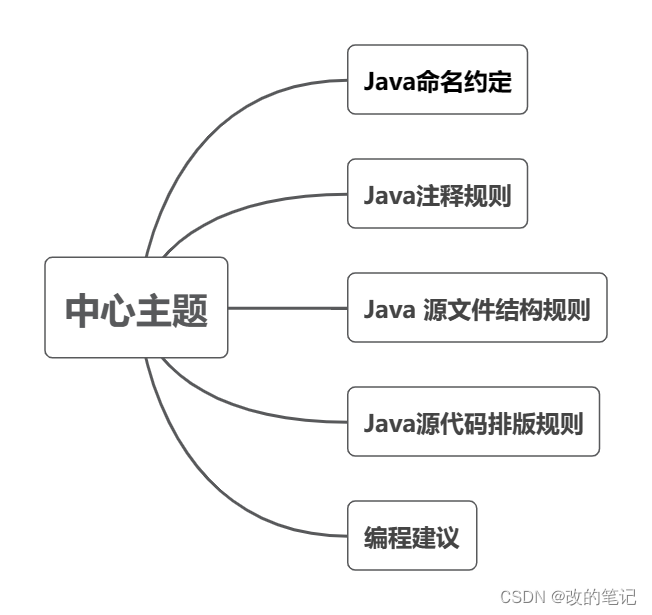
class TreeNode {
int val;
TreeNode left;
TreeNode right;
TreeNode(int x) { val = x; }
}
二、深度优先遍历(DFS)的三种方式
1. 前序遍历(Pre-order Traversal)
前序遍历的顺序是:根节点 → 左子树 → 右子树。递归实现如下:
public void preOrder(TreeNode root) {
if (root == null) return;
System.out.print(root.val + " ");
preOrder(root.left);
preOrder(root.right);
}
非递归实现使用栈结构:
public void preOrderIterative(TreeNode root) {
if (root == null) return;
Stack<TreeNode> stack = new Stack<>();
stack.push(root);
while (!stack.isEmpty()) {
TreeNode node = stack.pop();
System.out.print(node.val + " ");
if (node.right != null) stack.push(node.right);
if (node.left != null) stack.push(node.left);
}
}
2. 中序遍历(In-order Traversal)
中序遍历的顺序是:左子树 → 根节点 → 右子树。递归实现:
public void inOrder(TreeNode root) {
if (root == null) return;
inOrder(root.left);
System.out.print(root.val + " ");
inOrder(root.right);
}
非递归实现:
public void inOrderIterative(TreeNode root) {
Stack<TreeNode> stack = new Stack<>();
TreeNode curr = root;
while (curr != null || !stack.isEmpty()) {
while (curr != null) {
stack.push(curr);
curr = curr.left;
}
curr = stack.pop();
System.out.print(curr.val + " ");
curr = curr.right;
}
}
3. 后序遍历(Post-order Traversal)
后序遍历的顺序是:左子树 → 右子树 → 根节点。递归实现:
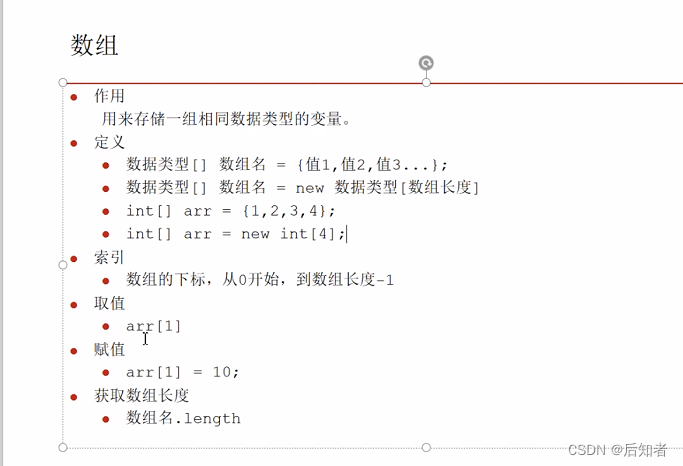
public void postOrder(TreeNode root) {
if (root == null) return;
postOrder(root.left);
postOrder(root.right);
System.out.print(root.val + " ");
}
非递归实现较为复杂,需要使用两个栈或记录访问状态:
public void postOrderIterative(TreeNode root) {
if (root == null) return;
Stack<TreeNode> stack = new Stack<>();
Stack<TreeNode> output = new Stack<>();
stack.push(root);
while (!stack.isEmpty()) {
TreeNode node = stack.pop();
output.push(node);
if (node.left != null) stack.push(node.left);
if (node.right != null) stack.push(node.right);
}
while (!output.isEmpty()) {
System.out.print(output.pop().val + " ");
}
}
三、广度优先遍历(BFS)/层序遍历
层序遍历使用队列实现,按层次从上到下、从左到右访问节点:
public void levelOrder(TreeNode root) {
if (root == null) return;
Queue<TreeNode> queue = new LinkedList<>();
queue.offer(root);
while (!queue.isEmpty()) {
TreeNode node = queue.poll();
System.out.print(node.val + " ");
if (node.left != null) queue.offer(node.left);
if (node.right != null) queue.offer(node.right);
}
}
四、Morris遍历算法
Morris遍历是一种空间复杂度为O(1)的遍历算法,它通过临时修改树的结构来实现遍历:
public void morrisInOrder(TreeNode root) {
TreeNode curr = root;
while (curr != null) {
if (curr.left == null) {
System.out.print(curr.val + " ");
curr = curr.right;
} else {
TreeNode predecessor = curr.left;
while (predecessor.right != null && predecessor.right != curr) {
predecessor = predecessor.right;
}
if (predecessor.right == null) {
predecessor.right = curr;
curr = curr.left;
} else {
predecessor.right = null;
System.out.print(curr.val + " ");
curr = curr.right;
}
}
}
}
五、性能对比与应用场景
- 时间复杂度:所有遍历方式都是O(n),n为节点数
- 空间复杂度:
- 递归:O(h),h为树高,最坏情况O(n)
- 非递归:O(h)
- Morris:O(1)
应用场景选择:
- 前序遍历:适合复制树结构
- 中序遍历:二叉搜索树会得到有序序列
- 后序遍历:适合删除树节点
- 层序遍历:适合计算树的高度、宽度
六、常见面试题解析
- 根据前序和中序遍历重建二叉树
- 判断二叉树是否对称
- 计算二叉树的最大深度
- 之字形层序遍历
- 二叉树右视图
七、总结
本文详细介绍了Java中二叉树的7种遍历方式(3种DFS递归+3种DFS非递归+1种BFS),并分析了它们的性能特点。在实际开发中,应根据具体需求选择合适的遍历方法。对于内存受限的环境,Morris遍历是很好的选择;而对于简单的递归实现,虽然代码简洁,但需要注意栈溢出的风险。

掌握这些遍历算法不仅是面试的必备技能,更是理解更复杂树形算法(如AVL树、红黑树等)的基础。建议读者动手实现每种算法,并尝试解决文中提到的面试题目,以加深理解。
版权声明
本文仅代表作者观点,不代表百度立场。
本文系作者授权百度百家发表,未经许可,不得转载。

